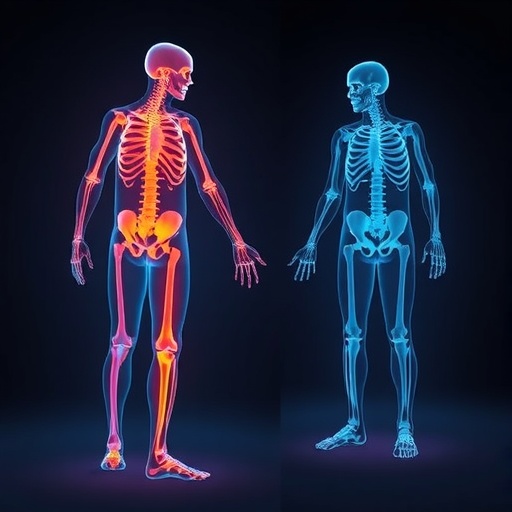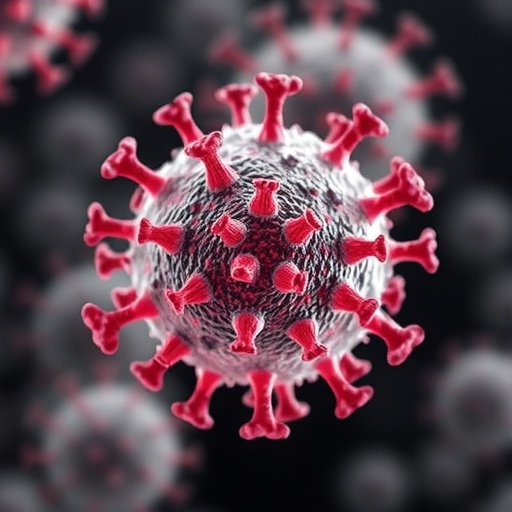
The surgical intervention known as adenotonsillectomy, primarily performed to remove enlarged tonsils and adenoids, is showing promising results in the pediatric population suffering from mild sleep-disordered breathing (SDB). Recent findings, as indicated by a clinical study supported by the National Institutes of Health (NIH), suggest that this surgical procedure can lead to a substantial decrease in the frequency of medical visits and a significant reduction in the reliance on prescription medications among children diagnosed with mild cases of SDB. The results were published in the prestigious journal, JAMA Pediatrics, capturing the attention of healthcare professionals and researchers alike.
Sleep-disordered breathing is a condition that encompasses a spectrum of breathing disturbances during sleep. Ranging from benign loud snoring to more serious manifestations, including intermittent periods of apnea, SDB affects a significant portion of the pediatric population in the United States. Epidemiological studies estimate that between 6% to 17% of children are impacted by this condition. While traditional management strategies have typically focused on more severe cases, findings such as those from this clinical study indicate the need to reassess our understanding and treatment paradigms for even mild cases of SDB.
In children with more pronounced or severe manifestations of sleep apnea, adenotonsillectomy has long been established as a standard treatment option. Its benefits extend beyond merely addressing breathing issues; surgical intervention has the potential to mitigate behavioral disorders often associated with sleep disturbances, significantly reducing the risk of developing hypertension and various other complications over time. These observations underscore the importance of addressing sleep-disordered breathing proactively, especially given the adverse health outcomes linked to untreated cases.
The study in question aimed to rigorously investigate whether adenotonsillectomy, compared to a watchful waiting approach that emphasizes non-intervention alongside supportive care, is associated with decreased healthcare utilization and prescription medication use. Researchers delved into data from an extensive randomized clinical trial encompassing 459 children and adolescents diagnosed with mild SDB, recruited between 2016 and 2021. The study, conducted across seven reputable academic sleep centers throughout the United States, followed participants aged between 3 and 12 years old for a comprehensive one-year observation period.
During this trial, participants were divided into two groups. One group underwent adenotonsillectomy, while the other received supportive care, which included structured educational interventions addressing healthy sleep behaviors and strategies for managing undeclared allergies and asthma. The comparison yielded striking results: children who underwent the surgical procedure experienced a marked reduction in healthcare encounters by 32%, and an impressive 48% decline in the usage of prescription medications was documented in the year following surgery.
Translating the data into practical implications, for every cohort of 100 children undergoing adenotonsillectomy, this corresponds to an estimated 125 fewer healthcare encounters and 253 fewer prescriptions dispensed in that critical postoperative year. Most notably, the reduction in healthcare visits included a significant decline in outpatient procedures and office visits necessitated by respiratory and sleep-related problems, reinforcing the overarching benefits of surgical intervention for these patients.
Despite the efficacy of adenotonsillectomy in reducing healthcare utilization, the mechanistic pathways that explain the correlation between intervention and improved healthcare outcomes remain elusive. Further research is warranted to elucidate these connections, as understanding the underlying biological processes could pave the way for more targeted therapies or preventive measures for children at risk of sleep-disordered breathing.
The outcomes of this study are particularly relevant within the broader context of pediatric health. As healthcare costs continue to escalate, understanding interventions that not only address immediate health concerns but also reduce long-term healthcare burdens is paramount. The implications of such surgical interventions extend to improving the overall quality of life, reinforcing the critical need for healthcare providers to continue evaluating treatment options for mild SDB in children.
The data provided by this study significantly contributes to the existing body of knowledge on sleep disorders in pediatrics, reinforcing the role of adenotonsillectomy as a valuable tool in managing mild cases of SDB. These findings bolster the arguments advocating for early surgical intervention rather than conservative management strategies which have, until now, largely dominated clinical approaches for children with mild forms of sleep apnea.
As the conversation surrounding sleep health continues to evolve, the need for further research supporting these findings is clear. Recognizing that sleep is crucial to both physical and emotional well-being in children should drive healthcare providers to adopt a more proactive stance in addressing sleep-disordered breathing. Future investigations might consider exploring the longitudinal effects of adenotonsillectomy and whether the gains observed in healthcare utilization translate into enduring improvements across various domains of health in these pediatric patients.
The work of Dr. Marishka Brown and her colleagues at the National Center on Sleep Disorders Research within NIH’s National Heart, Lung, and Blood Institute serves to illuminate the vital intersection of surgical interventions and pediatric health outcomes. As more families grapple with the implications of sleep disorders, disseminating this knowledge could foster informed decision-making among parents and caregivers who seek to navigate the complexities of treatment options available.
Ultimately, the focus on adenotonsillectomy as a significant intervention for mild sleep-disordered breathing presents a paradigm shift in how clinicians may approach these cases in the future. The positive repercussions for healthcare systems, family dynamics, and children’s health cannot be overstated. The pursuit of further understanding and innovation in this field will undoubtedly enhance patient care for generations to come.
The increases in healthcare encounters and prescription reliance that surgical intervention can avert resonate well beyond statistics. They speak to a future where pediatric populations receive optimal care tailored not just to symptoms but to holistic health outcomes that promote extensive well-being.
With the elucidation of adenotonsillectomy’s profoundly positive impact on children with mild SDB, practitioners are encouraged to reconsider their approach to treatment plans. By embracing the insights provided by recent studies, the medical community can help ensure that the sleep health of children remains a priority in clinical practice, ultimately translating to a more vibrant, healthier future for all.
Subject of Research: Surgical intervention for mild sleep-disordered breathing in children
Article Title: Adenotonsillectomy and Health Care Utilization in Children With Snoring and Mild Sleep Apnea – A Randomized Clinical Trial
News Publication Date: 17-Mar-2025
Web References: JAMA Pediatrics
References: Bakker JP, et al., Effect of adenotonsillectomy on healthcare utilization in children with snoring and mild sleep apnea. JAMA Pediatrics. 2025; DOI: 10.1001/jamapediatrics.2025.0023
Image Credits: N/A
Keywords: pediatrics, sleep disorders, adenotonsillectomy, healthcare utilization, sleep apnea, surgical intervention, public health, clinical research
Tags: adenotonsillectomy for childrenchildren’s health and surgery outcomeseffects of surgery on SDBhealthcare implications for mild SDBJAMA Pediatrics study findingsmedication use after adenotonsillectomymild sleep apnea treatment optionsNIH supported clinical researchpediatric breathing disturbancespediatric sleep-disordered breathingreduced doctor visits in childrensurgical intervention for sleep apnea





